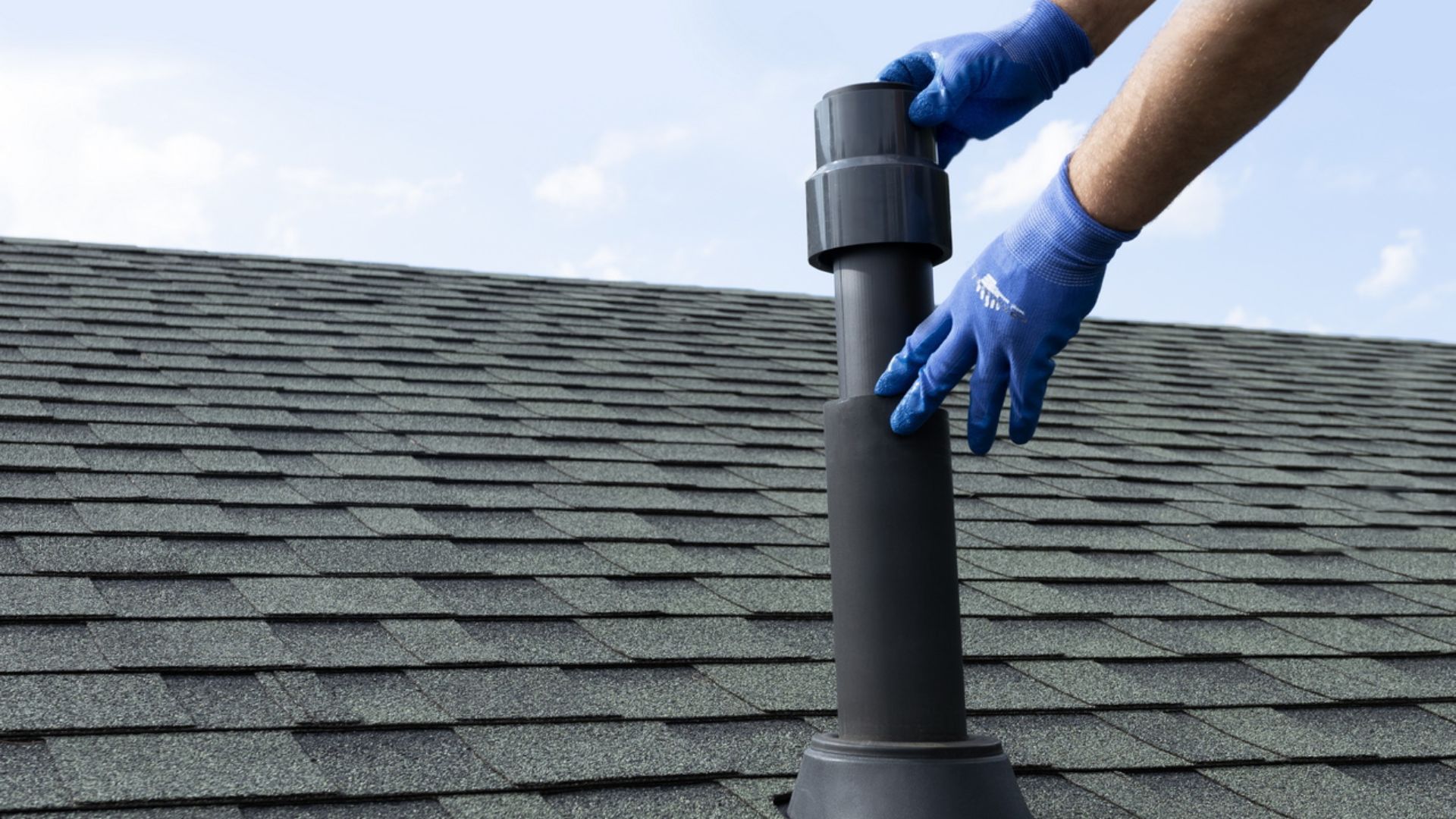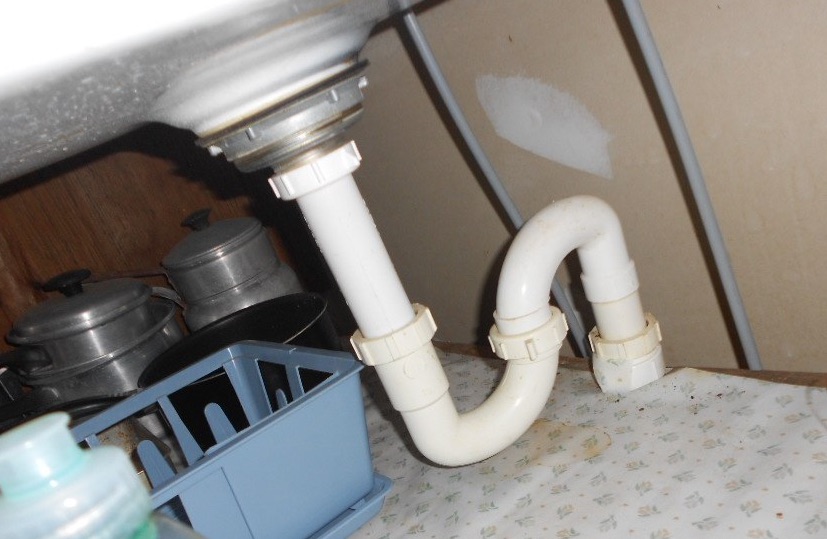Exploring The Importance of Correct Ventilation in Plumbing Systems
Exploring The Importance of Correct Ventilation in Plumbing Systems
Blog Article
Do you find yourself trying to find tips concerning Essential Plumbing Vent Pipes: Understanding Their Role?

Appropriate ventilation in plumbing systems is commonly overlooked, yet it is essential for keeping the performance and security of your home's pipes. Ventilation aids manage atmospheric pressure, prevent the accumulation of unsafe gases, and ensure the reliable elimination of waste. In this overview, we will certainly check out the relevance of proper pipes air flow, exactly how it works, and the benefits it offers your pipes system.
Just How Air Flow Works in Plumbing Equipments
Atmospheric Pressure Policy
Proper air flow keeps balanced atmospheric pressure within the plumbing system. When water streams through pipes, it displaces air. Without appropriate ventilation, this displacement can create unfavorable stress, leading to reduce drains or siphoning of water from catches, which can trigger unpleasant smells to leak into the home.
Preventing Drain Gas Buildup
One of one of the most crucial features of plumbing vents is to avoid sewage system gases, such as methane and hydrogen sulfide, from gathering within the home. These gases can position severe health dangers and are very flammable. Vent pipes enable these gases to get away securely outside.
Aiding in Waste Elimination
Air flow helps in the efficient removal of wastewater by avoiding airlocks in the drainage system. When air can move easily through the vents, it enables water and waste to flow efficiently through the pipelines, decreasing the risk of blockages and back-ups.
Benefits of Proper Ventilation
Enhanced System Efficiency
Effectively ventilated pipes systems operate extra effectively, with fewer obstructions, faster draining pipes, and much less strain on the pipelines. This performance prolongs the lifespan of the pipes system.
Improved Air Quality
By stopping sewage system gases from entering your home, proper ventilation adds to far better interior air top quality, making your living environment healthier and more comfortable.
Avoiding Water Damage
Sufficient ventilation aids prevent water from being siphoned out of traps, which can lead to drain gases going into the home and creating water damage in time.
Steps to Guarantee Proper Ventilation
Consulting Pipes Codes
Constantly get in touch with neighborhood pipes codes when developing or modifying your pipes system. These codes give the necessary guidelines for proper venting and guarantee your system satisfies safety criteria.
Routine Inspection and Upkeep
Regular evaluations can help determine prospective ventilation problems prior to they end up being significant issues. Upkeep jobs, such as cleaning air vent pipelines and checking for clogs, are vital for keeping the system in good working order.
Specialist Installation
For new setups or significant alterations, it's important to employ a professional plumbing technician. They have the know-how to make sure the ventilation system is appropriately developed and mounted according to code.
Comprehending Ventilation in Plumbing
Ventilation in plumbing describes the network of pipelines that enable air to move via the water drainage system. These vents offer multiple purposes, including controling air pressure within the pipelines, protecting against sewage system gases from going into the home, and assisting in the smooth circulation of wastewater.
Types of Pipes Vents
Main Heap Vent
The main pile air vent, also called the vent stack, is the primary air vent in a pipes system. It expands from the major drain align with the roof, permitting gases to leave and fresh air to go into the system.
Branch Vent
Branch vents connect to the major pile vent and serve specific fixtures, such as sinks, toilets, and showers. These vents make sure that each component has ample air flow to function appropriately.
Air Admission Valve (AAV).
An Air Admittance Valve (AAV) is a one-way valve that allows air to enter the plumbing system without the need for a conventional vent pipe extending through the roofing. AAVs are frequently utilized in remodellings or areas where mounting a typical air vent is unwise.
Indications of Poor Ventilation in Plumbing.
Slow Draining Fixtures.
If your sinks, tubs, or commodes are draining gradually, maybe a sign of bad air flow. Poor air circulation can produce a vacuum cleaner effect, making it challenging for water to drain effectively.
Gurgling Sounds.
Gurgling noises originating from drains are frequently an outcome of air being sucked via water catches because of adverse pressure in the pipelines. This is a clear sign of not enough air flow.
Unpleasant Odors.
Drain smells inside your home are a warning that your pipes system is not properly ventilated. This might suggest that sewage system gases are not being sufficiently aired vent outside, bring about potentially harmful problems.
Usual Air Flow Errors.
Poor Vent Sizing.
Making use of undersized vent pipelines can result in poor air flow and pressure imbalances in the system. It's necessary to make use of vents that fulfill the certain demands of your plumbing system.
Improper Vent Placement.
Placing vents also much from the components they serve can reduce their performance. Appropriate placement ensures that air can flow easily and efficiently via the system.
Ignoring Code Needs.
Building ordinance provide certain guidelines for pipes ventilation. Ignoring these codes can lead to a system that falls short to operate correctly and may bring about pricey repair work or health hazards.
Conclusion.
Correct ventilation is a critical component of any type of pipes system, guaranteeing that it works successfully and securely. By recognizing the importance of air flow, recognizing the indicators of inadequate ventilation, and taking steps to keep your system, you can protect against expensive issues and secure your home's air quality.
4 Things You Should Know About Your Plumbing Vents
What Plumbing Vents Are
Also called a vent stack, a plumbing vent is a vertical pipe attached to your drain line that runs through your roof. The plumbing vent pipe, or plumbing air vent, removes gas and odors from your plumbing system and allows fresh air to enter the pipes, helping the water to flow out of the drain pipes.
What Plumbing Vents Do
Plumbing vents have two basic functions. One of which is to allow unpleasant smelling wastewater and sewer gasses to escape your plumbing system instead of entering your home. Plumbing vent pipes are typically located on roofs, away from windows, to ensure the fumes exit the home completely.
The other function of the plumbing vent is to move fresh air into your plumbing system. This helps move water through every plumbing fixture in your house, like toilets and sink drains. Think of the way in which you need to let a little air into the bottle as you pour soda in order to make the drink flow smoothly.
Different Types of Plumbing Vents
True vent: This is the most common vent option. In simplest terms, a true vent is a vertical pipe attached to your drain line that exits through the roof. They often function as the main vent that other fixtures can connect to. Re-vent pipe or auxiliary vent: Attached to the drain line near specific plumbing fixtures, re-vent pipes run up and over to connect to the main vent. Common vent: Two plumbing fixtures installed on opposite sides of a wall are typically tied into the vent stack using something known as a sanitary cross. Wet vent: This venting option operates as a drain pipe and a vent at the same time. Wet vent drainage systems drain water from one fixture while venting the air from another. Although they’ve been used for over 100 years, wet vent systems have only recently been added to the plumbing code in many areas. If you’re planning on installing one in a bathroom remodel, make sure you check your local code prior to construction. Loop vent: For free-standing fixtures like kitchen island sinks, loop vents are ideal. These vent pipes run under the floor, rise from the P-trap, and create a loop inside the cabinet sink. Air admittance valve: An AAV is a one-way mechanical valve typically installed at the site of the plumbing fixture. AAVs allow venting to occur without having to tie into a larger venting system. They’re ideal for venting fixtures where you aren’t able to easily connect to an existing vent system. Common Plumbing Vent Issues
Although vent pipes typically don’t have water flowing through them, they’re still subject to many typical plumbing issues. For example, clogs are one of the most common problems associated with sewer vent pipes. If your vent pipe gets clogged, all of your plumbing fixtures tied into the vent stack will be affected.
A sink with a slow drain that bubbles and gurgles or a strong sewage smell around your toilet are both indicators that your toilet vent pipe is clogged. Because most vent pipes exit through the roof, old leaves, twigs or even a bird’s nest could be clogging the pipe.
Clogs in your vent pipe system cause a buildup of negative pressure, meaning that water won’t be able to flow out of your home very well. It’s similar to putting your finger over the opening of a straw to trap water inside. When you remove your finger, the water is able to flow out of the straw.
If you suspect you have any blockage in your vent, make sure you have a professional come examine the situation. Left unchecked, a blocked air vent can lead to other costly repairs, like leaks and sediment buildup.
Under Pressure
Pipe vents are essential aspects of a home’s plumbing system. Owning a home means learning about all sorts of things you never put much thought into before. But by understanding as much as you can about the important systems of your home, you can keep those budgets intact and those anxiety levels low.
https://www.homeserve.com/en-us/blog/home-improvement/plumbing-vents/

As a fervent reader on What Is a Plumbing Vent and Why Is It Important, I figured sharing that excerpt was appropriate. Do you know about somebody else who is inquisitive about ? Take a moment to share it. Thank you for your time. Revisit us soon.
Here Report this page